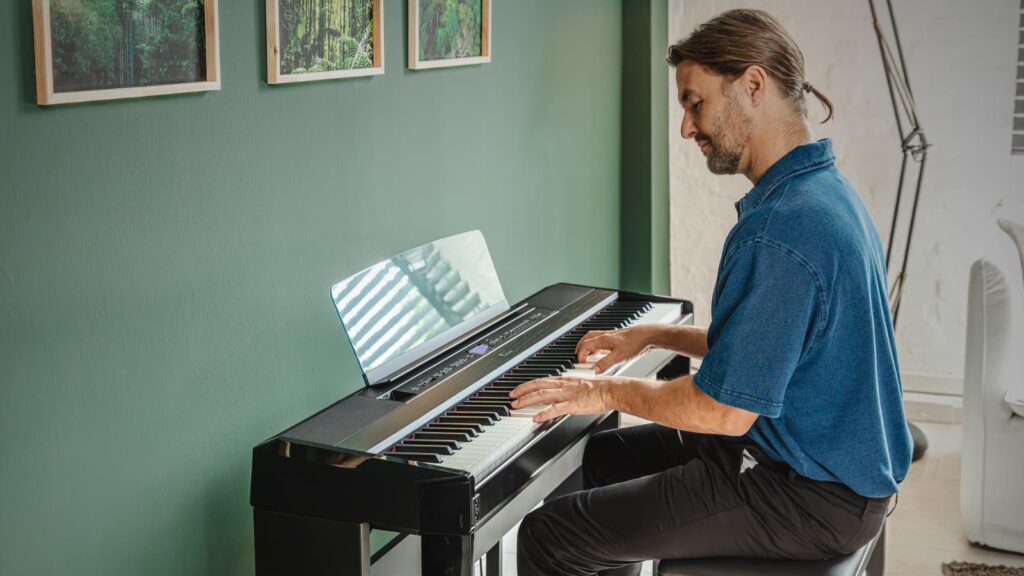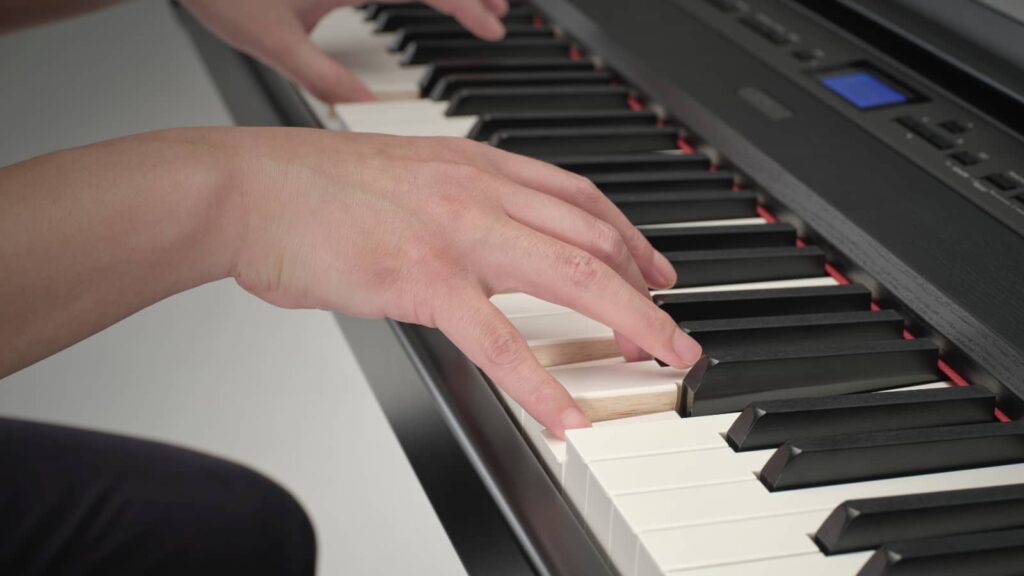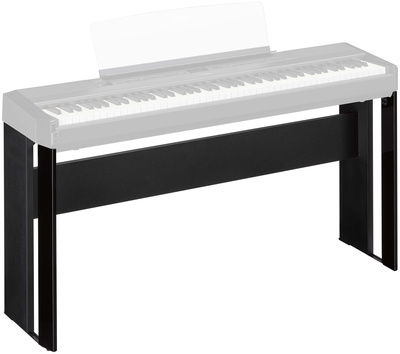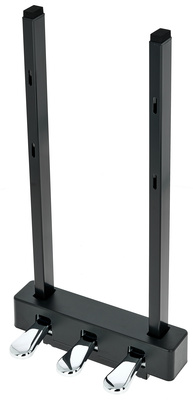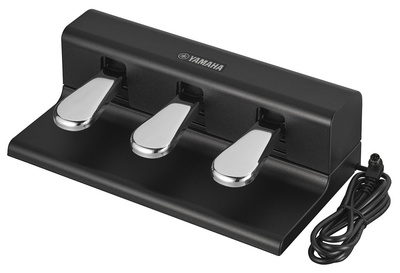A Wide Range of Sounds
The Yamaha P-525 comes with more than 500 sounds, the majority of which are the 480 XG voices. Like the 18 drum kits, these are primarily intended for playing MIDI files but are also useful for recording and arranging your own songs using the internal 16-track sequencer.
The focus, however, is on the piano sounds “Yamaha CFX” and “Bösendorfer Imperial” – two famous grand pianos you can play expressively on the P-525.
Both sounds offer fine dynamic nuances and create a beautiful stereo image in a variety of timbres – from a grand concert hall to an intimate (virtual) jazz club. When played through headphones, the Yamaha CFX can even be used as a binaural signal for a more realistic spatial sound experience.
The additional sounds of the Yamaha P-525 have been reworked, including vintage keyboard sounds from Fender Rhodes to Clavinet, organ to strings, and electric guitar to double bass.

